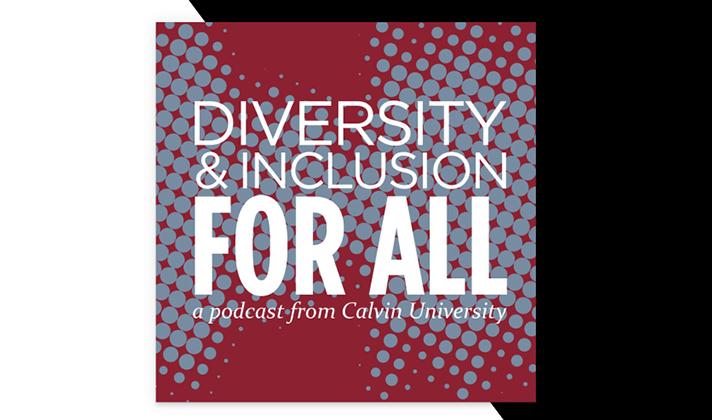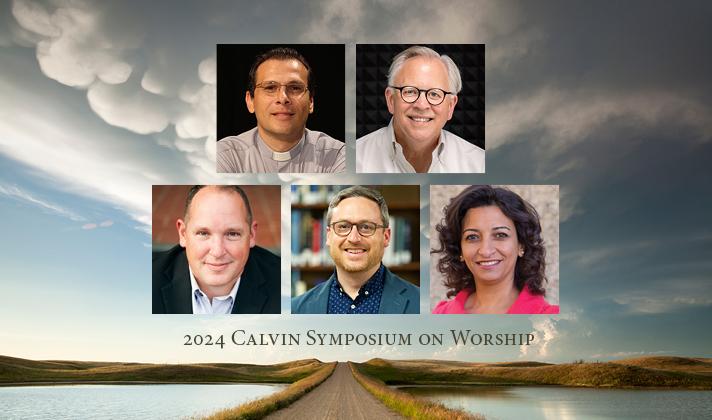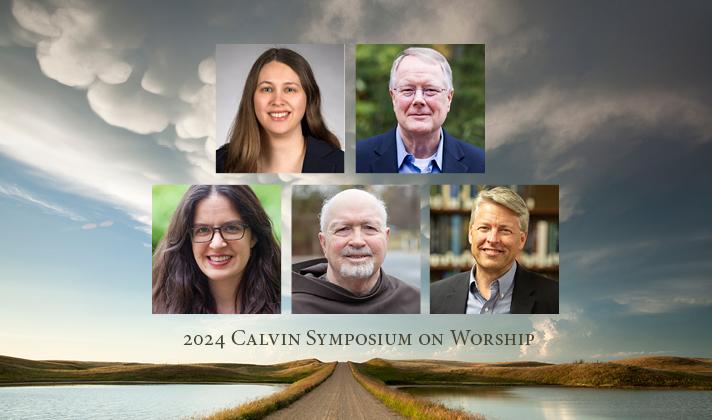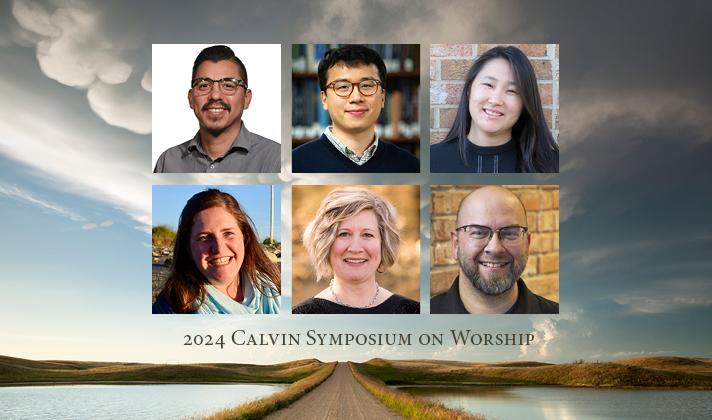In this last segment, I would like to invite you to consider the relationship between power distance and teaching. In contrast to preaching, teaching and power distance is a topic that has been more extensively researched, especially in comparative studies. Power distance is sensitive to differences between social ranks, which are clearly delineated by the sharp distinction between the student and teacher. Respect for the teacher is universal, but is more so in high power distance countries. Formal education in high power distance cultures is centered on the teacher and is strictly disciplined. Teachers use titles and last names, and if the language has a formal “you,” it is used in the classroom to signal the gap between the teacher and the students. Students may stand up when the teacher enters the classroom and bow or greet when they pass by. In low power distance cultures, education leans toward learner-centered pedagogy, and teachers are expected to treat their students in a more egalitarian way. In high power distance societies, there is a stress on personal wisdom, which is transferred in the relationship with a particular teacher. This could lead also to a sort of paternalistic expectation on the side of the student. The stress in low power distance societies is on personal truth, which can in principle be obtained from any competent person. In high power distance societies, teachers merit the respect of their students. In low power distance societies, teachers should respect the independence of their students.
There's an important contrast in the student's participation in these two different cultural perspectives. Everywhere teachers control classrooms and communication. But in cultures with high power distance, this becomes a strict order, with the students speaking up only when invited, and teachers are almost never publicly contradicted or criticized. In high power distance cultures, participation in the classroom tends to be bidirectional between the teacher and the students. In contrast, in low power distance cultures, participation is multidirectional. In hierarchical cultures the lecture model is still preferred. The teacher presents the content; the students take notes. In an egalitarian context, teachers, sometimes called instructors, function as facilitators of the learning process. It is not unusual that professors use a phrase such as “We are here learning together.”
Another aspect that is contrasting between these two cultural perspectives is what is considered effective learning. In high power distance cultures, effectiveness is related to the excellence of the teaching, the expert. In egalitarian societies, effectiveness of learning is related to the amount of two-way communication in class. According to Phuong-Mai Nguyen, in countries under the influence of Confucianism—China, Vietnam, Taiwan, Japan, Korea, Singapore—the teacher is ranked below the king and above the father. Here, the quality of one's learning is dependent upon the excellence of one’s teacher. Cortina et al. argue that in high power distance cultures, teachers are seen as the keepers of knowledge, and the students’ learning gains are largely attributed to the excellence of the teacher. Learning gains are hence attributed to the effective interaction between the teacher and the student, with both sides sharing responsibility for success.
In high power distance cultures, students want clear instructions to follow. This might be related to another cultural value: uncertainty avoidance. Students fear to fail. They usually expect more feedback from their professor. In low power distance cultures students are more independent, open to learning from each other, and they usually engage more actively in peer learning experiences.
Cultural differences could also be seen in the type of learning assignments. In high power distance cultures, there is a tendency to request more monographic papers in contrast to essays or other writings that include a personal opinion or evaluation than in low power distance cultures. What's been said is that in high power distance countries, pedagogy still follows the traditional way while in egalitarian societies, there has been a shift from the teacher-centered model to a student-centered education. In this regard, Adam Davis claims, it is also evident that the classic binary opposition of teacher and pupil is increasingly being undermined. The teaching task itself has changed from one of communicating information to one of facilitating the student's own discovery, and in the process we have discovered the need for engagement, mutual analysis, critique and evaluation, and a joy of participation together in the . . . journey that at the same time requires and produces a good dose of humility on the part of the teacher.
Interestingly, the shift in education toward a less hierarchical system is not a prerogative of the Western or developed world that is more egalitarian. In Latin America there is a good example of a pedagogy aimed to counter the traditional hierarchical school system. In Brazil, a country of great social inequality, pedagogist Paolo Freire developed his “pedagogy of the oppressed,” which has become very influential in some of the Latin American school systems and in theological education in that region of the world. I hope that this presentation will foster further conversations on the many challenges faculty and church leadership face in how to bridge cultural differences, especially related to power distance, learning programs, both residential and online, and include people from different cultural contexts. Thank you very much.






